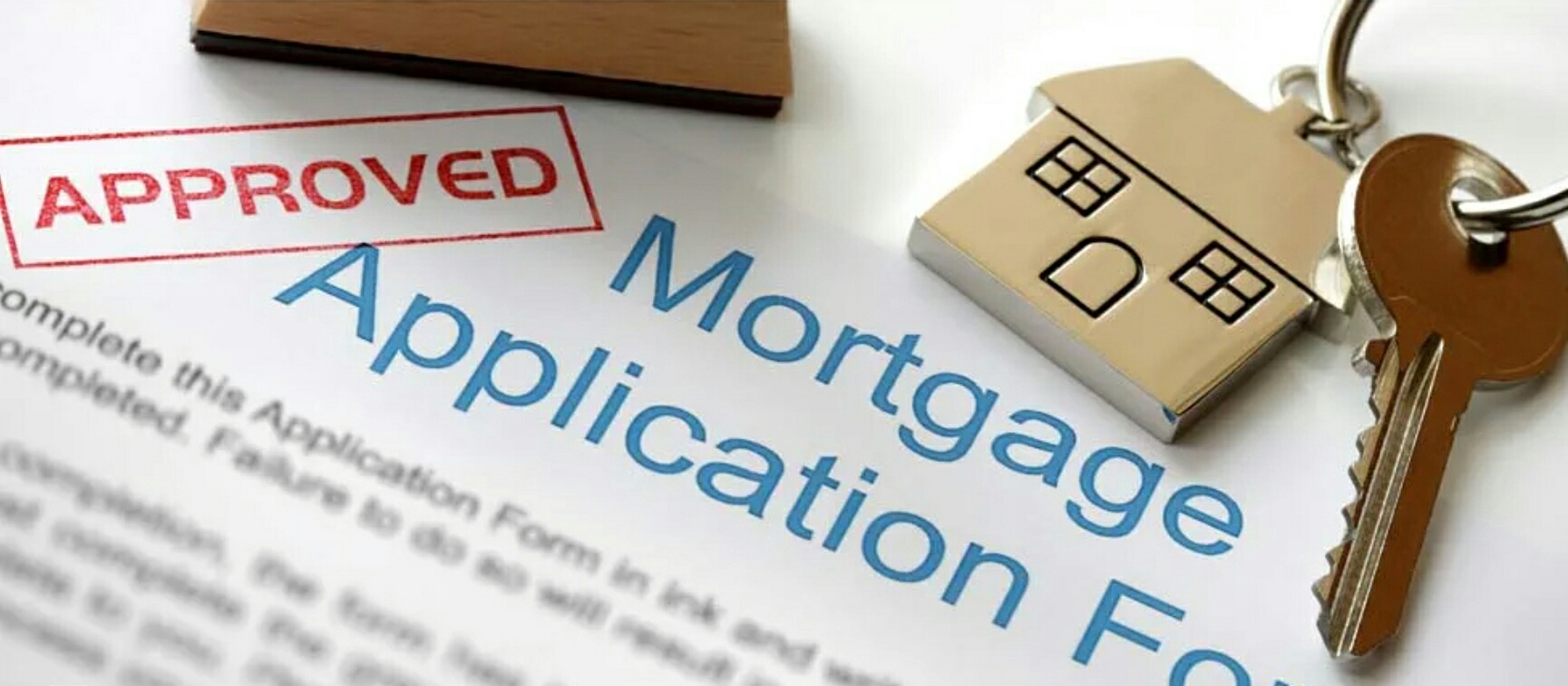HOME LOAN CONSULT

Home Loan Consult
The HOME LOAN PREAPPROVAL PROCESS typically involves selecting a lender, providing basic financial information, having your credit pulled, verifying income and assets, reviewing your debt, and receiving a preapproval letter outlining the loan amount you likely qualify for, all before you start actively searching for a home; essentially, it's a preliminary assessment of your loan eligibility based on your financial situation.
Key steps in the preapproval process:
Choose a lender:
I will gladly introduce you to the list of preferred lenders I highly recommend to assist you or if you already have a lender you’ve been working with, I’m happy to partner with them to assist in any way I can to ensure you have a smooth and successful closing experience.
Gather documents:
Prepare necessary documents such as your driver’s license, recent paystubs, bank statements, tax returns, and other proof of income and assets.
Initial contact:
Contact the lender and provide basic information about yourself and your desired loan amount.
Credit check:
The lender will pull your credit report to review your credit score and history.
Income verification:
Provide details about your employment, income sources, and employment stability.
Debt review:
Disclose any outstanding debts, including credit card balances and other loans.
Asset evaluation:
Provide information about your liquid assets like savings accounts and investment accounts.
Loan amount determination:
Based on your financial information, the lender will determine a preapproved loan amount.
Preapproval letter:
Receive a preapproval letter outlining the loan amount, interest rate range, and validity period.
**Important points to remember**
Not a guarantee:
A preapproval is not a guarantee that you will be fully approved for a loan, as the final decision is made once a specific property is selected and the lender performs a FULL UNDERWRITING PROCESS however, some lenders are able to underwrite your file beforehand.
Shopping around:
It’s beneficial to compare preapprovals from multiple lenders to find the best rates and terms.
Validity period:
Preapproval letters usually expire after a set period, so be sure to start your house search within that timeframe.
Updating information:
If your financial situation changes significantly after receiving a preapproval, you should inform your lender and may need to update your application.

